Why mimicry bots make the difference
At agileGravity we think a lot about product usability, UX, user acceptance rates and the conversion of our product in front of the user. On the one hand we put a lot of functionality into our product. Functionality in dependence of the purpose is the foundation of a working feature or product, of course. On the other hand functionality without usability is nothing. I guess this is not very new to you…
Because we are annoyed of how chatbots mainly are integrated into websites (in your face!), we figured out a new strong usability concept. We call it mimicry bots. This usability concept is build on three pillars.
1. Organic usability
Our bots are part of their environment where they are built in. They are grown together with their environment. For example they are grown together with a form or even with the website. The bot is the form or even further: the bot is the website.
The user does not immediately recognize the bot. The bot does mimicry.
In biology “mimicry describes the ability of imitation of visual, auditory or olfactory signals, which gives the imitator advantages by deceiving the signal receiver” (source: wikipedia). Now, our goal is to use this circumstance to help the user to help himself by lowering the barrier in dealing with this “new” technology of artificial intelligence. Users still have reservations talking to or chatting with a robot for a variety of reasons (“I don´t like” “I don´t trust” “evil technology” “AI is stupid” “AI kills jobs”…). Whatever the reason is, it is more likely that the user accepts the help from a machine when he “coincidentally” stumbles into the bot. The user is willed to test the bot in this moment.
We use AI to facilitate a users dealings with standard processes of a company in terms of products, cross sell & upsell, related content, onsite search, sales service, customer support, checkout, and so on.
2. The “wow-effect” or: the user finds the bot
The bot shows up in a moment when the user sends a form or clicks deeper into FAQs to search for a solution to his problem. The user does not expect the support by a bot at this place, this is new to the user. The bot offers a solution when the user is ready to receive one. The user gets credited for his journey through the website, for his search for an answer on the website. The user finds the bot – not the other way round.
3. Functionality
That is when the circle closes: usability without functionality is also nothing. The bot has a bonus because of his mimicry. But now is the time when the bot has to convince the user that it is worth to interact with a machine.
Example: when it comes to legitimation of the user, so that the bot can provide information to the user, like an order status update, the user can use any data for legitimation that he ever provided to the company. He can use a mobile phone number, date of birth, postal code, email, order number, etc. Why should the bot limit the options?
Question: does anybody of you have a notebook or mobile device with USB C port? Then you know what I am talking about. Why should I as a user think about of how I have to turn the USB C plug so that I can plug it into my notebook? I just want to plug it in! USB C is simple genius and genius simple. Quite the opposite to USB, I alway chose the wrong side first and this is annoying.
The key to success
Organic usability, smart support in unexpected ways in combination with great functionality is finally the key to success. The “trinity” pays into great acceptance and conversion rates. This approach works incredibly fine for vertical use cases like FAQs or forms.
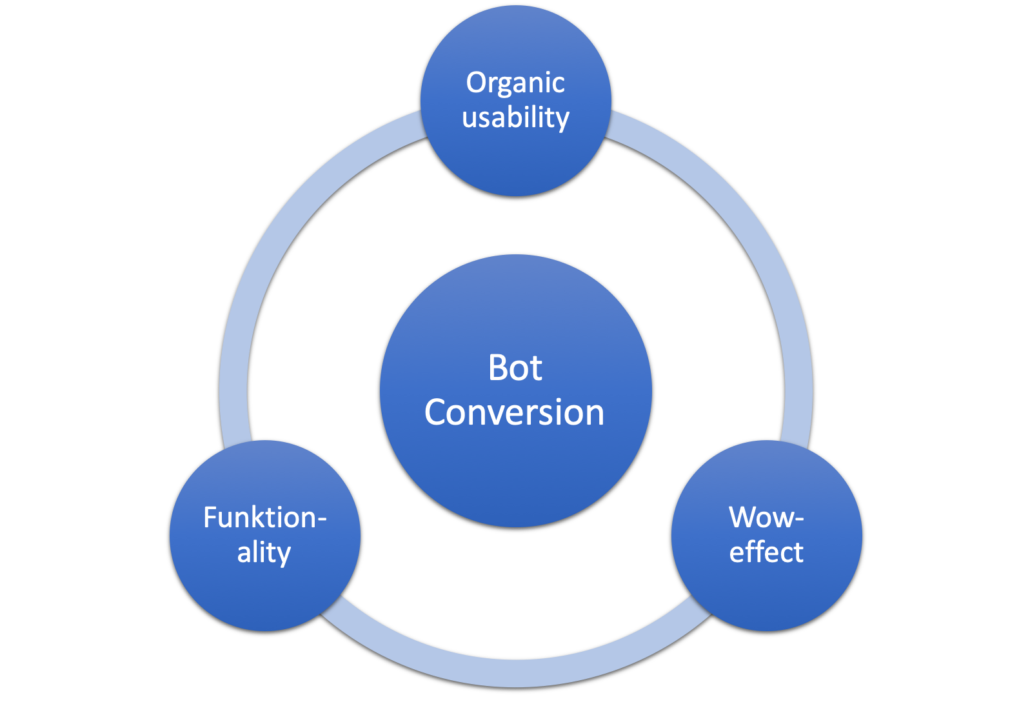
The FAQ Bot
Together with our customer Yello we managed to boost customer satisfaction by using a mimicry chatbot inside the Yello Help Center. We connected the FAQ Bot to Yello´s complete order & return management and were able to automate large parts of the manual recording by call center or support staff and produce structured data for further processing
In the video I explain the complex use case of returning a broken product.
The Form Bot
The same mimicry bot approach we use also for our Form Bot.
Thank you for reading & watching! You are welcome to share your thoughts about mimicry bots or bots in general in the comments.
Cheers, Balázs
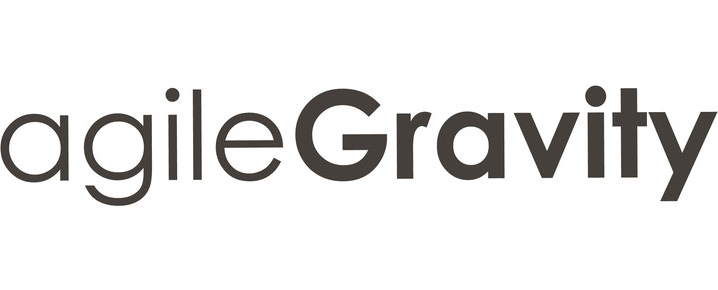
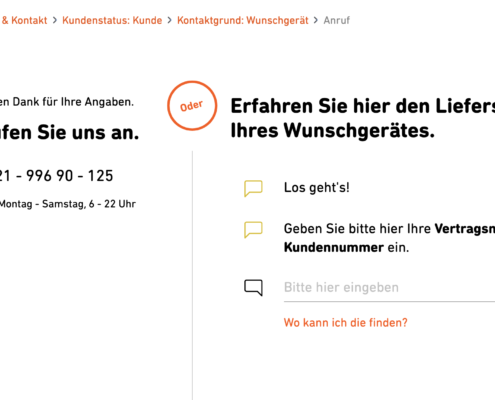
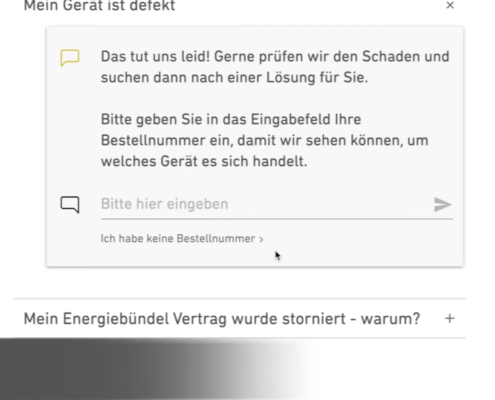
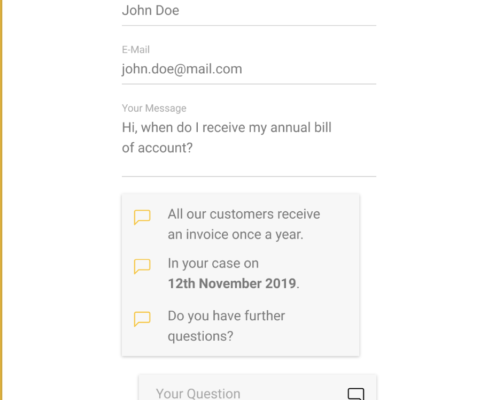

Leave a Reply
Want to join the discussion?Feel free to contribute!